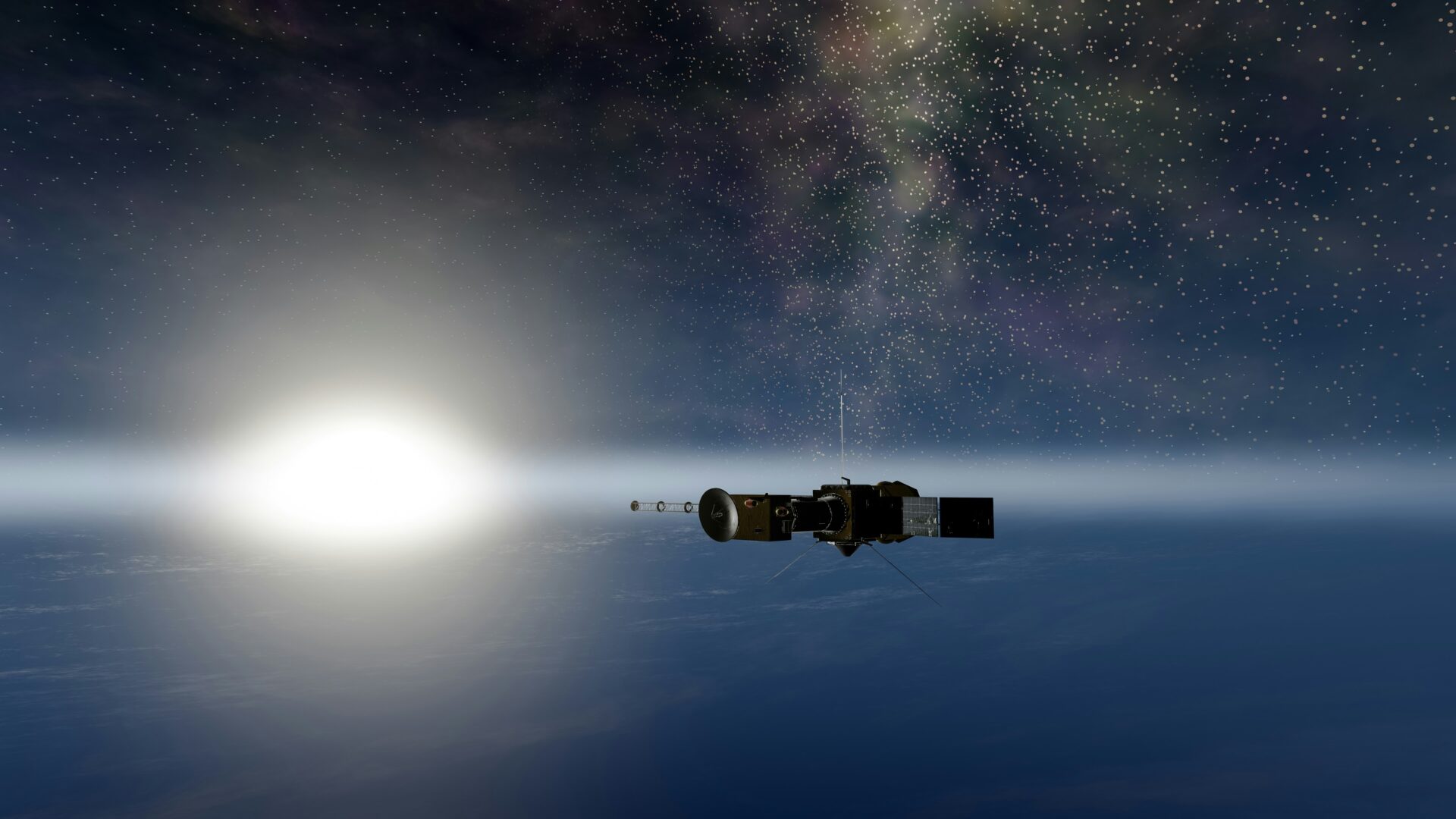Vodafone has arranged what it calls the first smartphone-based satellite video connection in the UK. An engineer stood on a mountain in Ceredigion, Wales, where no normal phone signal existed. From that spot, he placed a video call to Vodafone’s chief executive, Margherita Della Valle, who was at the firm’s headquarters.
This event is meant to extend phone service to places sometimes called “not spots.” Ofcom estimates around 9% of the UK has no coverage for calls or internet. Vodafone believes satellites can fix that coverage void, allowing communication in remote locations.
Certain modern phones already have text-based emergency satellite functions. Vodafone says it has gone further, allowing real-time video. The plan is to make this service active in the UK soon and in other parts of Europe around 2026, though pricing is unconfirmed.
Tim Peake, the former astronaut, joined in for the event. He expressed enthusiasm at the possibility of making calls from high-altitude or remote terrains. He said this demonstrates a new way for phone signals to bridge extreme distances.
How Was This Achieved?
Engineers used a satellite from AST SpaceMobile that moves around 500 kilometres above Earth. Timing was essential, since that satellite had to be overhead at the correct moment. Once the link was established, the engineer’s phone connected through space instead of ground towers.
Vodafone says satellites are not meant to replace normal masts. Instead, they act as an extra backup for people located in spots where signals from standard towers do not reach. In this design, phones need no special antennas. The satellite acts like a cell tower high above.
There is still a long road before coverage is steady. More satellites will go up to keep signals active at all times. Regulators must also decide on licensing for frequencies, a process Ofcom has scheduled for 2025. Other firms like SpaceX are creating related technology.
AST SpaceMobile’s satellite is known as BlueWalker 3, featuring a huge antenna array. Once fully rolled out, it looks like a large shiny panel in orbit. That design lets it interact directly with standard handsets on Earth.
More from News
- Why Is OpenAI Partnering With The UK Government?
- Experts Share: Would EU Businesses Consider Moving To UK After Trump’s 30% Tariff?
- What Happened With WeTransfer’s AI Policies, And Why Were Users Outraged?
- How Are Kids Using AI Companions, And What Are The Risks To This?
- How Are Smartphones Helping People Prepare For Earthquakes?
- Experts Share: Is Reddit’s Age Verification In The UK A Privacy Risk?
- 1ST Airport Taxis Expands to UAE: Launching Operations in Dubai and Abu Dhabi From September 2025
- OpenAI Introduces New AI Tool, ChatGPT Agent
What Still Needs Attention?
One issue is the expense of sending large numbers of satellites into orbit. AST SpaceMobile plans around 100 units soon. Each one carries equipment for phone data without modifications.
Costs for monthly plans are unknown. That may affect how many people adopt it. Even if performance is strong, some individuals may find it too expensive. Vodafone plans more trials before deciding on final pricing.
Laws must also be sorted out. Different nations have rules on space communications and frequency use. Ofcom plans to open formal consultations in 2025. Industry analysts see that as an important move for cross-border service without roadblocks.
Some in the telecommunications field predict that satellite connectivity could open new business possibilities. Travellers and workers in out-of-range spots might connect wherever they go. Maritime and aviation sectors are already examining the advantages of always-on coverage for safety and operations.
Is Adding More Satellites Risky?
Astronomers warn that a growing number of Low Earth Orbit satellites can block observations of the cosmos. They shine from sunlight, creating streaks in telescope images. They also produce signals that confuse sensitive measurements.
Heat signatures also compound this issue, because the satellites can blur scans in infrared. Researchers say near-Earth objects, such as asteroids, might be overlooked if satellites become too numerous.
Tim Peake, who once served on the International Space Station, says old satellites must be dealt with carefully to prevent debris problems. Vodafone and AST SpaceMobile have stated they plan to design satellites that reduce brightness. Many people see these advancements as a helpful way to cover remote regions, though the effect on astronomy is still a talking point.
Vodafone says it will work together with space agencies and industry groups to limit harm to stargazing. New designs might cut glare. There is also interest in ways to remove old hardware from orbit. Supporters believe that Vodafone working together with other industry pros can help science and satellite coverage progress together.

